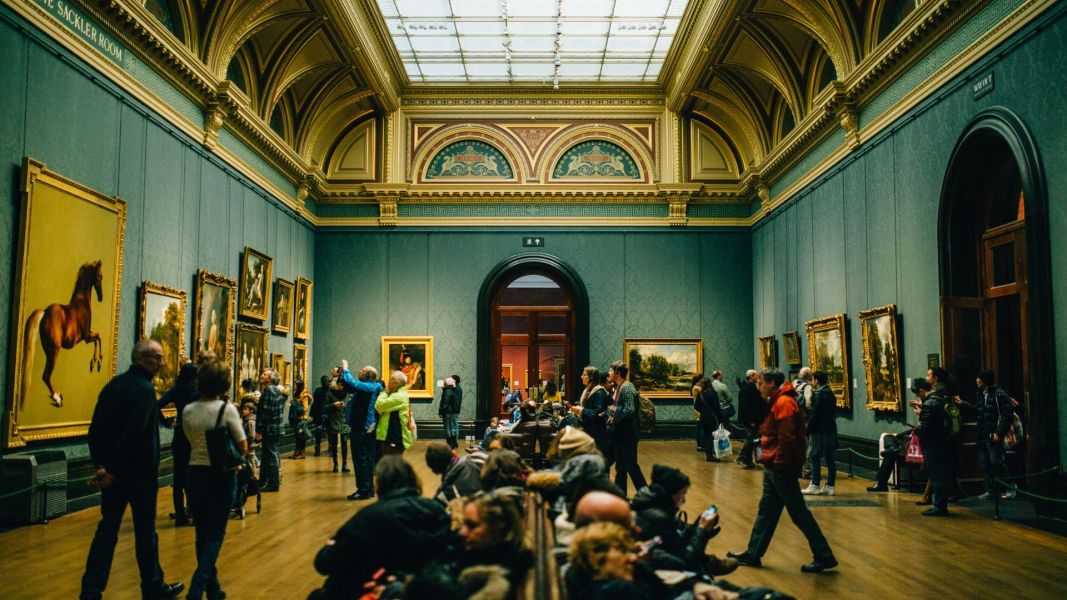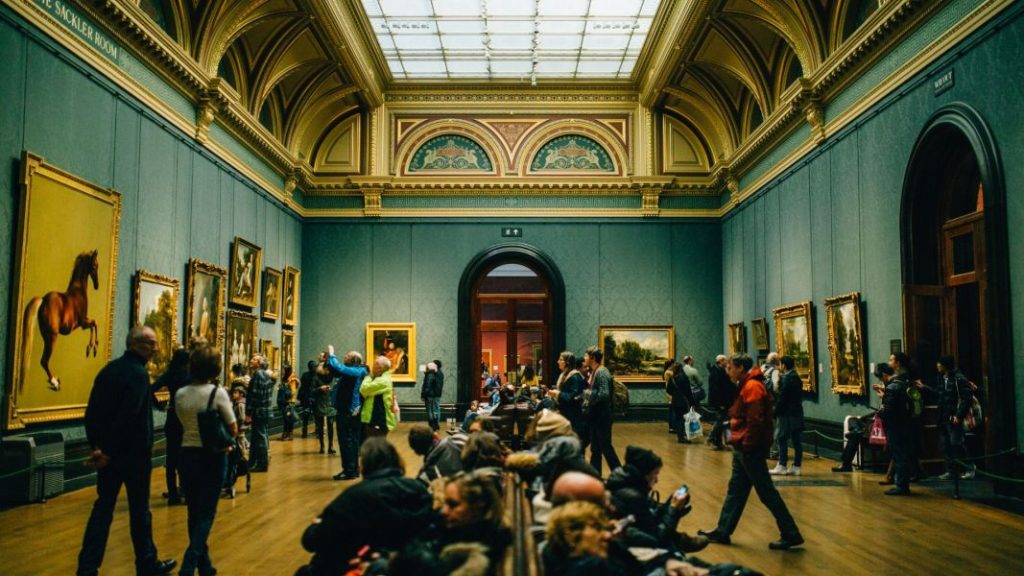An art history course offers much more than studying famous artworks and artists. It provides students with a range of valuable skills applicable across various industries. From critical thinking and research abilities to visual literacy, art history students develop competencies that prepare them for various careers. If you’re curious about the impact of art history studies on skill-building, here’s a breakdown of the key skills gained from such programs.

1. Analytical and Critical Thinking Skills
Art history teaches students to see artwork in different ways. They study cultural, historical, and social contexts to understand meaning, which helps develop critical thinking skills. Students learn to assess interpretations and make well-thought-out arguments. When analysing a piece, they consider symbolism, techniques, and historical context. They also look at how these factors affect the artwork’s overall impact.
Through continuous analysis, art history students start to think critically and independently. This skill is helpful in various fields. Many careers value this, like education, media, marketing, and even law. Here, logical thinking and attention to detail are crucial.
2. Research Proficiency
Research is central to any art history course. Students often conduct deep studies on artists, movements, or certain artworks. This requires them to explore primary sources, journals, and historical archives. They learn to locate trustworthy information, check sources, and combine findings into research papers or presentations.
These research skills are transferable and highly valued. Fields like journalism, museum work, and academia need such investigative abilities. Art history students learn to identify solid information sources, which is essential in this information-rich world.
3. Visual Literacy and Interpretation
Visual literacy is a unique skill gained from art history. It’s about understanding and interpreting visual information. Art history students learn to ‘read’ art by studying composition, colour, line, and texture. They explore how artists use these to send messages or create emotions. Over time, they sharpen their ability to interpret complex visuals.
This skill is valuable in design, marketing, and media. Many roles need an understanding of visuals. Whether working on ads, visual presentations, or content creation, art history students can use and interpret visuals effectively to share ideas.
4. Cultural Awareness and Historical Context
Art history programs expose students to many cultures and periods, from ancient art to modern pieces. This exposure helps students appreciate diverse perspectives. It also builds a deeper understanding of how culture influences artistic expression. Students gain insight into world history and human behaviour by studying art from different regions and eras.
This global awareness is useful in cultural institutions, international business, and tourism careers. Understanding cultural nuances is essential in these fields. Graduates with a background in art history offer valuable perspectives on diversity and historical influences, enriching their professional relationships.
5. Effective Communication Skills
Clear communication is vital in art history. Students often need to share complex ideas about art with diverse audiences. Whether through essays, research papers, or presentations, art history students learn to express their thoughts clearly and persuasively. They gain experience presenting arguments and supporting interpretations with evidence, strengthening verbal and written skills.
These communication skills are beneficial in public relations, teaching, and arts administration, where conveying ideas is essential. Art history students learn to structure their thoughts, making them skilled communicators in various professional settings.
6. Attention to Detail
Studying art history involves closely examining artwork to understand its finer details. Students develop strong attention to detail by analysing brushstrokes, textures, and subtle symbolism in pieces. Over time, noticing intricate elements and visual cues becomes second nature to them.
This attention to detail is highly valued in fields that require precision, such as conservation, editing, and project management. By learning to focus on small details, art history graduates become meticulous and thorough, improving their work quality.
7. Problem-solving and Interpretation
Art history often involves interpreting complex or ambiguous artwork without clear meanings. This process helps students develop problem-solving skills by exploring multiple interpretations to reach their conclusions. They learn to consider different viewpoints, recognise biases, and make informed judgements based on their findings.
Problem-solving skills like these are valued in many fields where critical thinking is key. Art history graduates can approach challenges with an open mind, examine potential solutions, and make thoughtful decisions.
An art history course offers a comprehensive set of skills that extends far beyond the study of art. From critical thinking and research proficiency to visual literacy and cultural awareness, art history programs equip students with valuable abilities across various careers.
By fostering analytical thinking, effective communication, and attention to detail, art history graduates are well-prepared to thrive in fields like journalism, marketing, education, and beyond. The skills gained in art history are versatile, making this field of study a strong foundation for many career paths.

Founder Dinis Guarda
IntelligentHQ Your New Business Network.
IntelligentHQ is a Business network and an expert source for finance, capital markets and intelligence for thousands of global business professionals, startups, and companies.
We exist at the point of intersection between technology, social media, finance and innovation.
IntelligentHQ leverages innovation and scale of social digital technology, analytics, news, and distribution to create an unparalleled, full digital medium and social business networks spectrum.
IntelligentHQ is working hard, to become a trusted, and indispensable source of business news and analytics, within financial services and its associated supply chains and ecosystems










